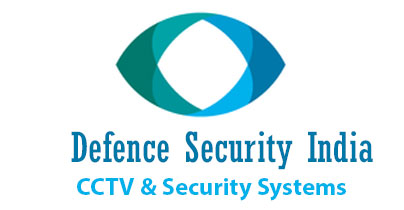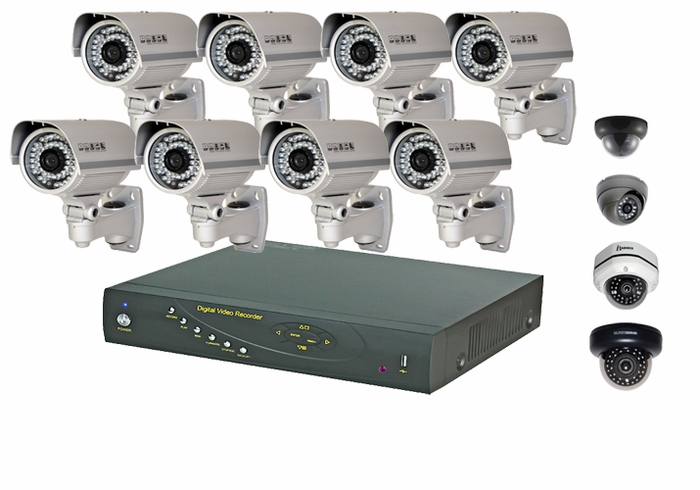Working with CCTVs
A Closed Circuit Television Camera or CCTV’s cameras allows the transmission of audio-visuals and plain videos to a monitor or a set of monitors. However, a CCTV is not like a standard TV as there is no public broadcasting that takes place. CCTVs may have wired or wireless modes of transmitting information from the camera to the monitors. Commonly used nowadays, these video cameras facilitate spying, monitoring of areas and meet security purposes. These camera systems are now quite affordable allowing even small businesses as well as residential units to have them installed.
Knowing the various types
When buying a CCTVs surveillance system, there are different options based on the type of security goals that need to be achieved. Common features in most devices on the market include devices that provide black and white video images, coloured as well as those capable of recording images despite low lighting. These devices are now well priced and offer an extremely reliable and convenient surveillance solution.
The number of full frames that a camera captures and transmits to a device or monitor per second can differ from device to device. Most cameras catch 30 fps but a frame speed of 1 to 6 per second is more than sufficient. There are Pan Tilt Zoom cameras which allow users to maneuver the direction that the camera points using a wired controller. These devices can panned horizontally, tilted vertically or even can get a good quality close zoom. Some higher-end CCTV cameras come with special advanced functions that facilitate night vision, vandal protection and so on.
Fixed Cable Cameras are those that have a cable connecting the monitor to the device called coaxial cables. Coaxial cables used vary from 25 to 35, 50 all the way up to 500 feet. However, longer the distance, weaker the signal. A CAT5 cable is best suited for distances beyond 600 feet.
Wireless devices on the other hand operate on a 2.4 GHz frequency that enable the transmission of video images. Transmission through walls is possible but there are certain limits. Data is usually transmitted within 200 feet but works better when there is a clear line of sight and a cover area of below 150 feet. Although installing wireless CCTVs is far easier than wired devices, they require battery changes or sometimes, need an electrical outlet to charge themselves up.
Ways of recording Video Images
CCTV footage can be recorded using digital video recorders or analog tapes. Analog involves the use of different types of VCRs to capture images for a longer time. A time lapse VCR can on to record for about 960 hours. However, this could vary depending on how many cameras are used to record and how many frames per second are recorded. Not only is this option highly affordable but it is reliable too and thus makes more sense.
On the other hand, digital video recorders may be independent devices or hard drives connected to a computer or a monitor. They capture digital images, which vary depending on the number of frames per second used, the image resolution, number of cameras used and the type of video compression being used. For instance, if four cameras are capturing the video images at 30 fps, each camera begins to capture only when the motion is on. With MPEG4 compression and an image resolution of 320×240, it will take about 80 hours for these video images to fill a 25 GB hard drive.
So familiarise yourself with the working of CCTVs so that you are able to make an informed buying choice.

